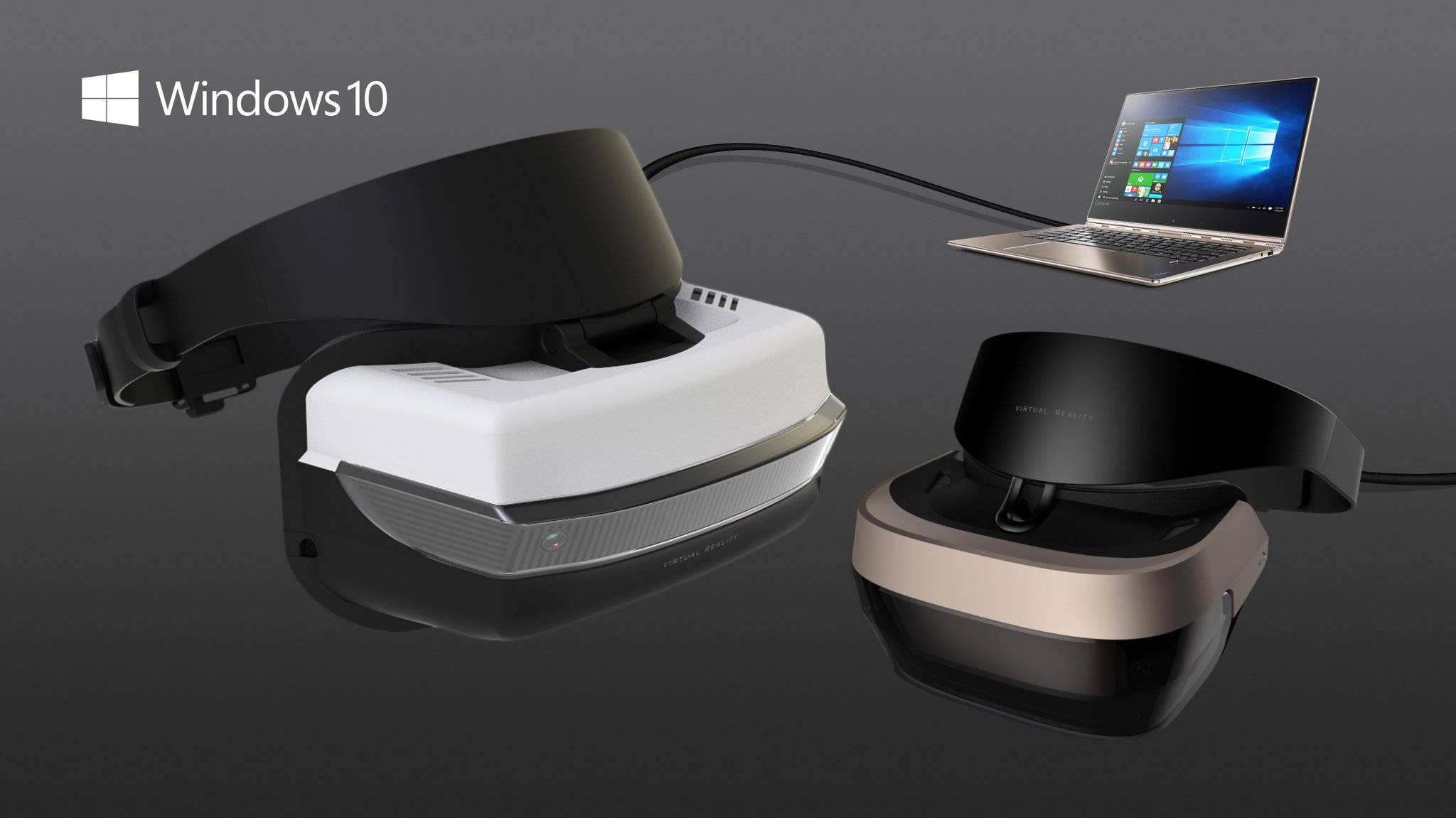At its WinHEC hardware conference in Shenzhen today, Microsoft announced a range of hardware-driven initiatives to modernize the PC and address two big goals. The first is expanded support for mixed reality; the second is to produce a range of even more power-efficient, mobile, always-connected PCs powered by ARM processors.
Mixed reality is set to be a major part of next spring's Creators Update, with Microsoft promising a range of head-mounted displays (HMDs) with prices starting at $299. The Creators Update will include a 3D user interface derived from the one already used in the HoloLens, along with 3D modeling tools to allow people to explore 3D development.
To support this move, Microsoft and Intel have announced a collaborative effort named "Project Evo" that outlines the capabilities of modern PCs. Project Evo systems will include certain capabilities that are otherwise optional. Specifically, they'll include far field array microphones to support voice commands from across the room; they'll include biometric authentication using the Windows Hello framework; they'll have sufficient graphical capabilities to drive HMDs; and they'll support a range of audio-visual capabilities such as 4K pictures, high dynamic range and wide color gamut displays, spatial audio, and Xbox controllers.
Together, these features will make Project Evo systems able to handle the demands of new media, such as UHD Blu-ray, and new styles of interaction that use voice and 3D. This may also fill one small area in which the PC platform has fallen behind the Xbox One S and PlayStation 4; both systems support HDR-10 displays, images, and games, but play those same games on Windows, even if they're Xbox Play Anywhere-branded, and they lose their HDR capability. Project Evo should fix that.


 Loading comments...
Loading comments...
